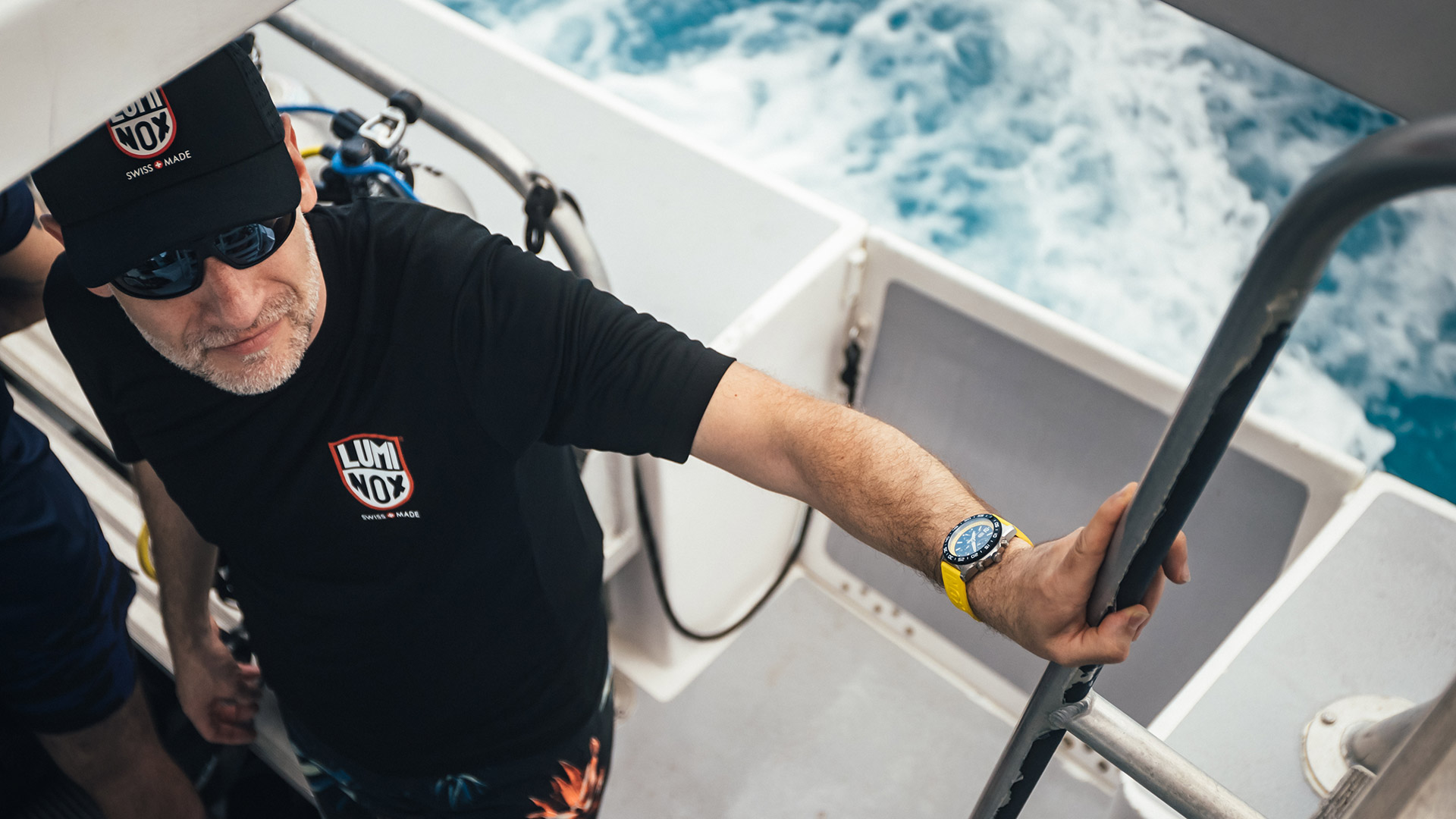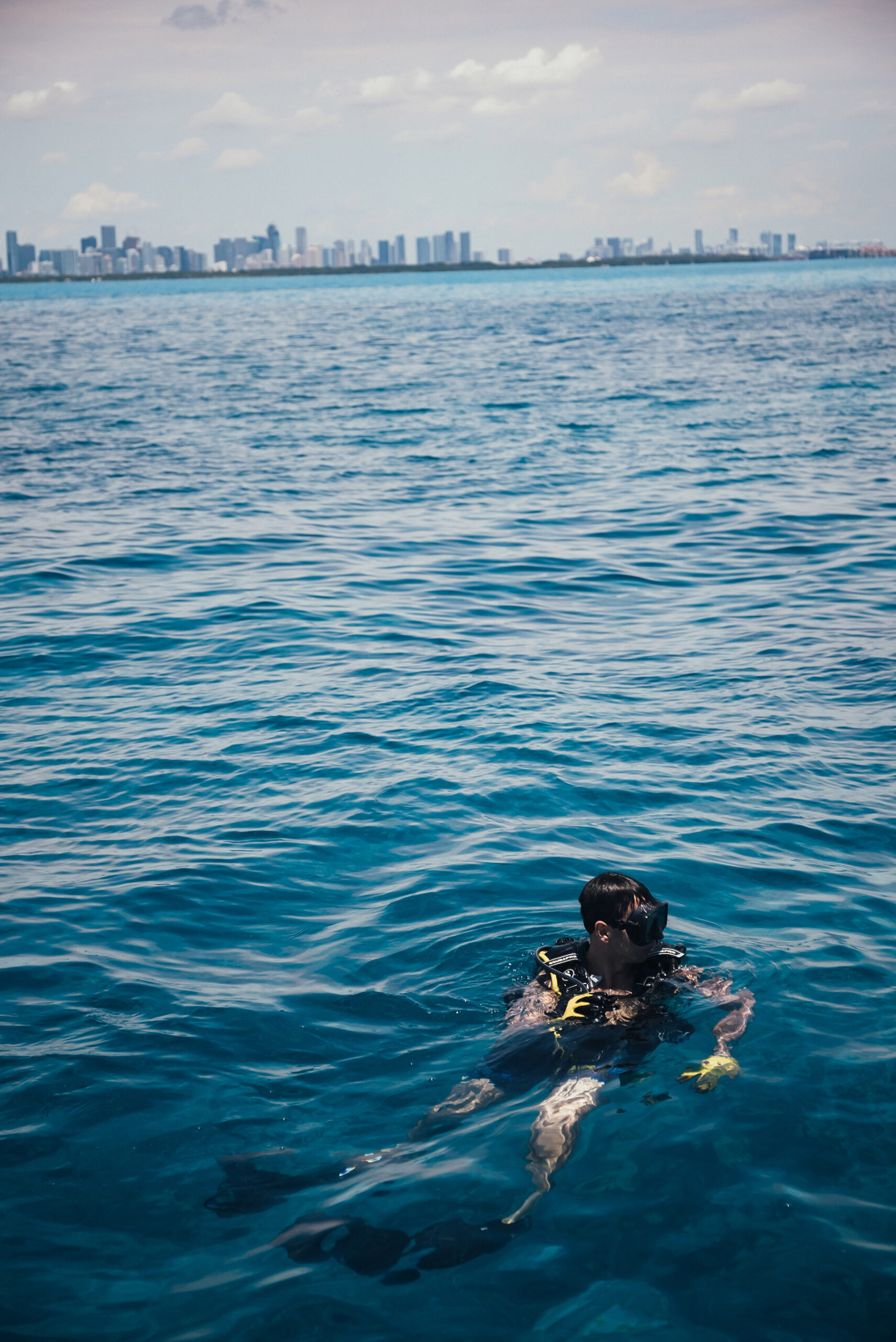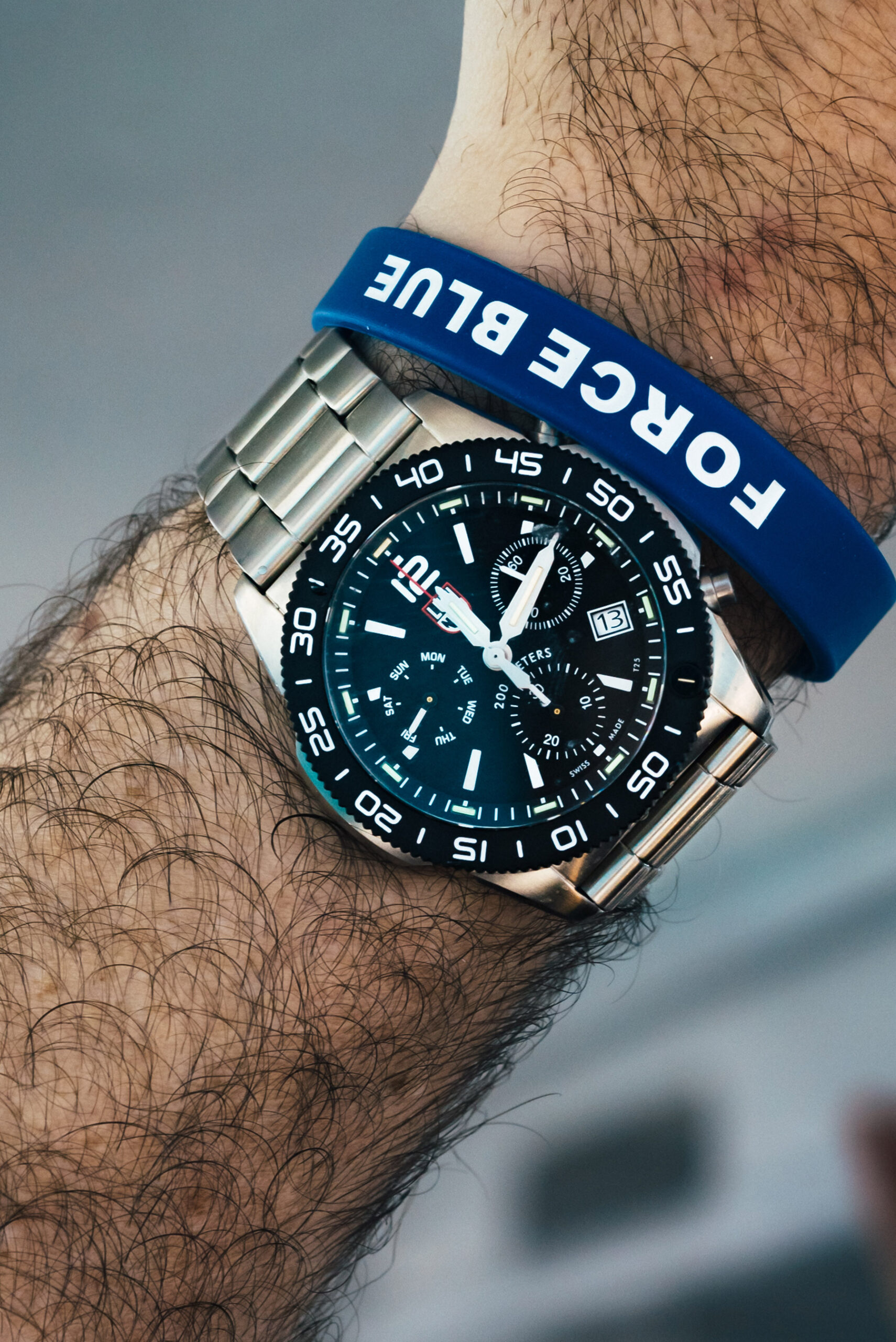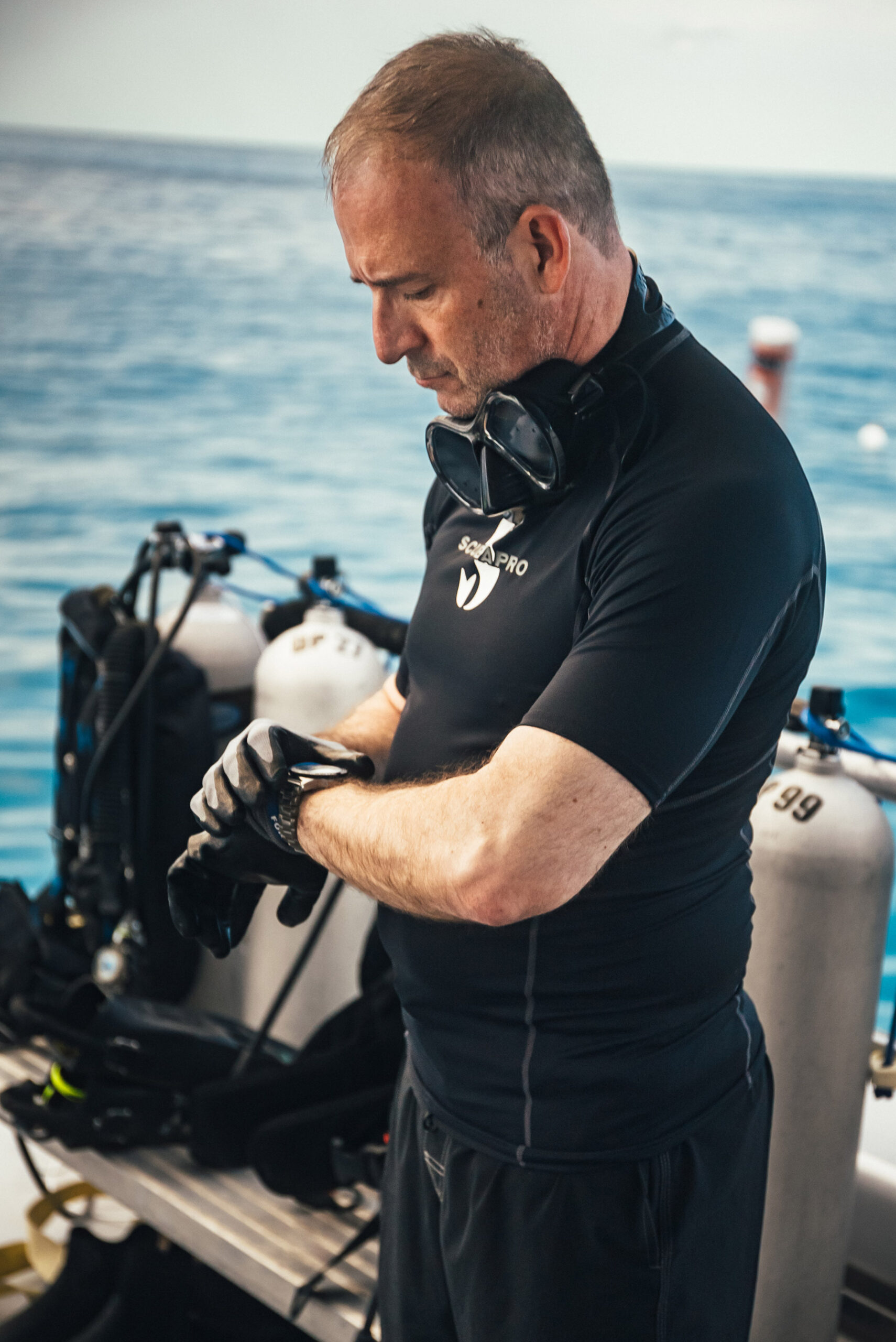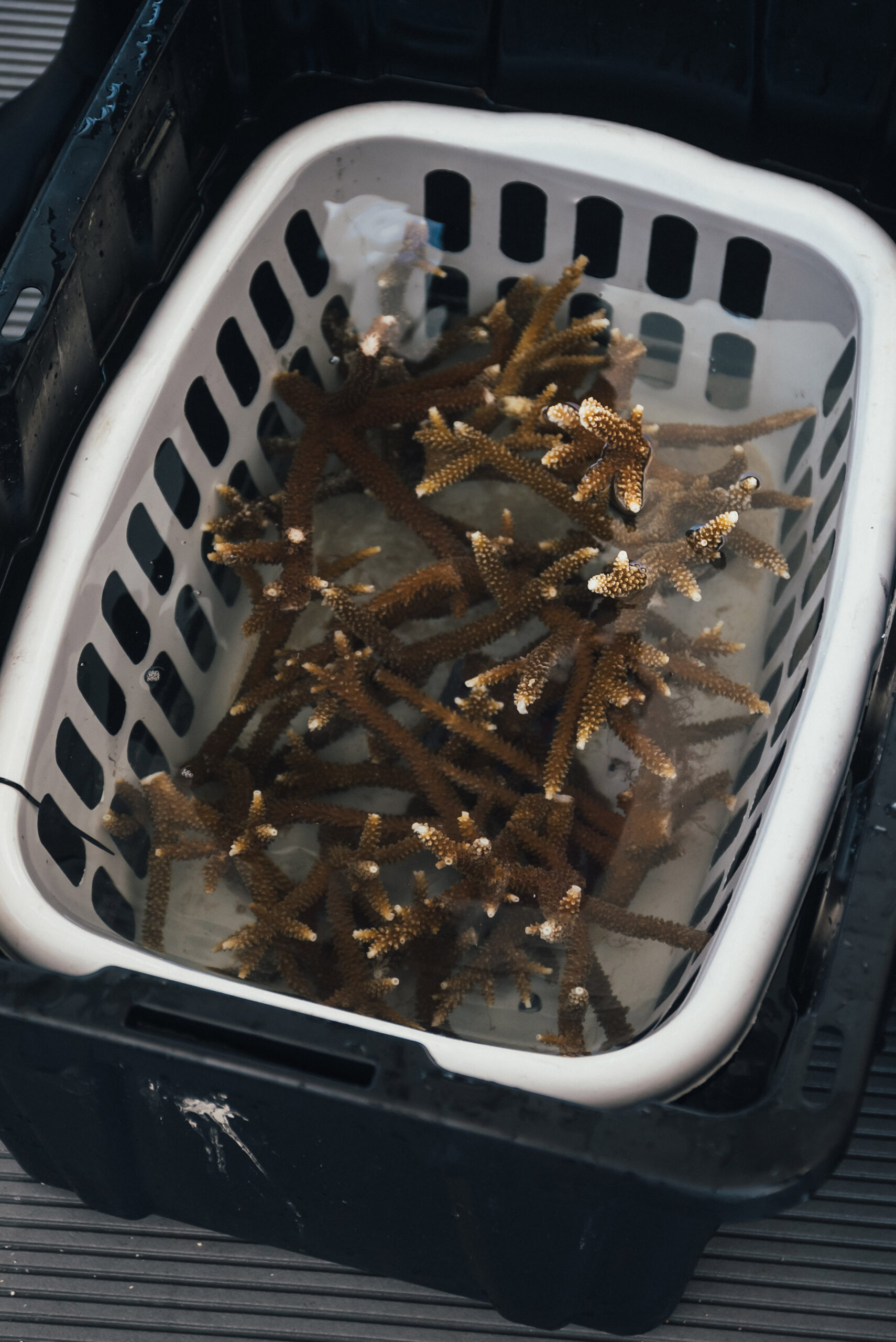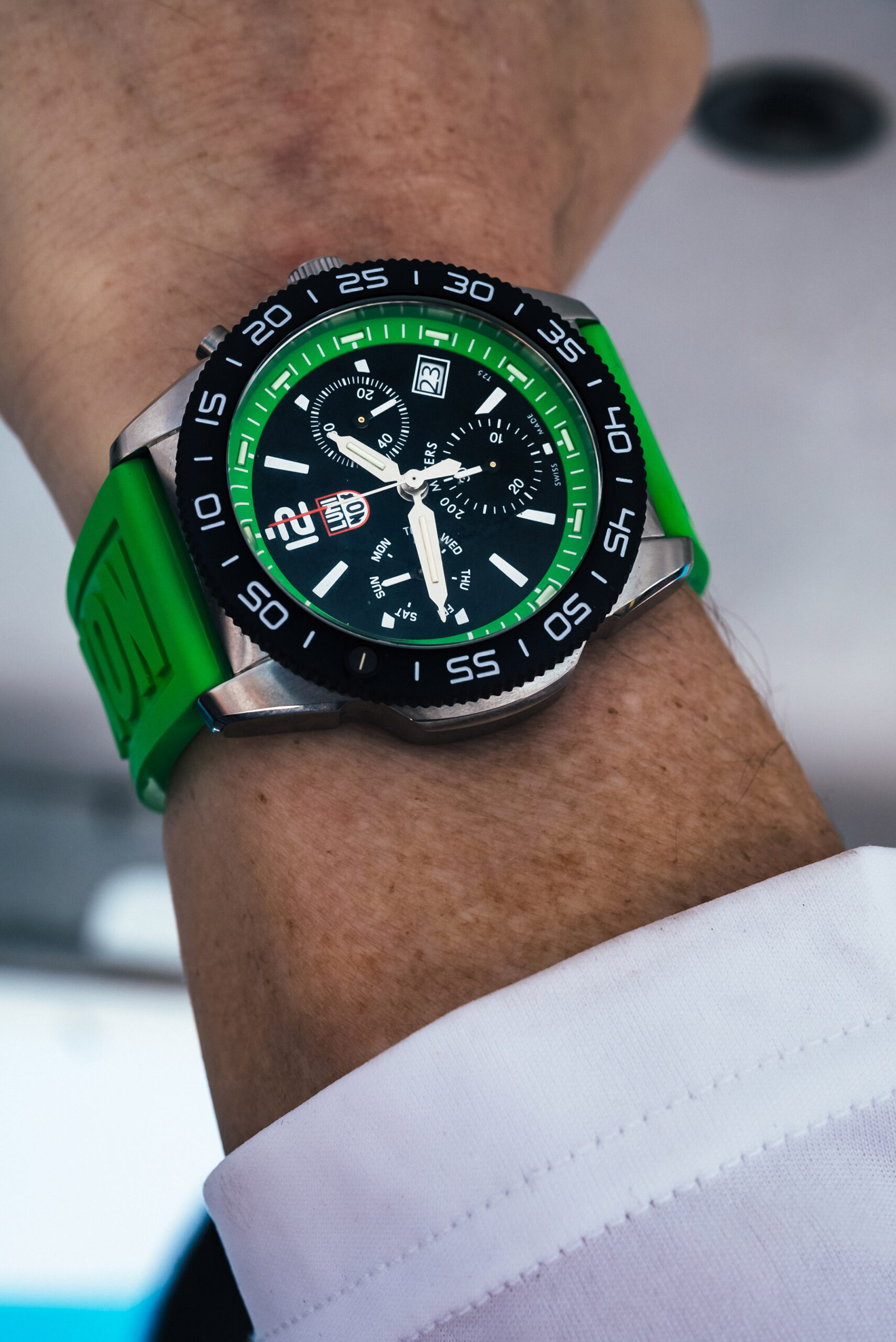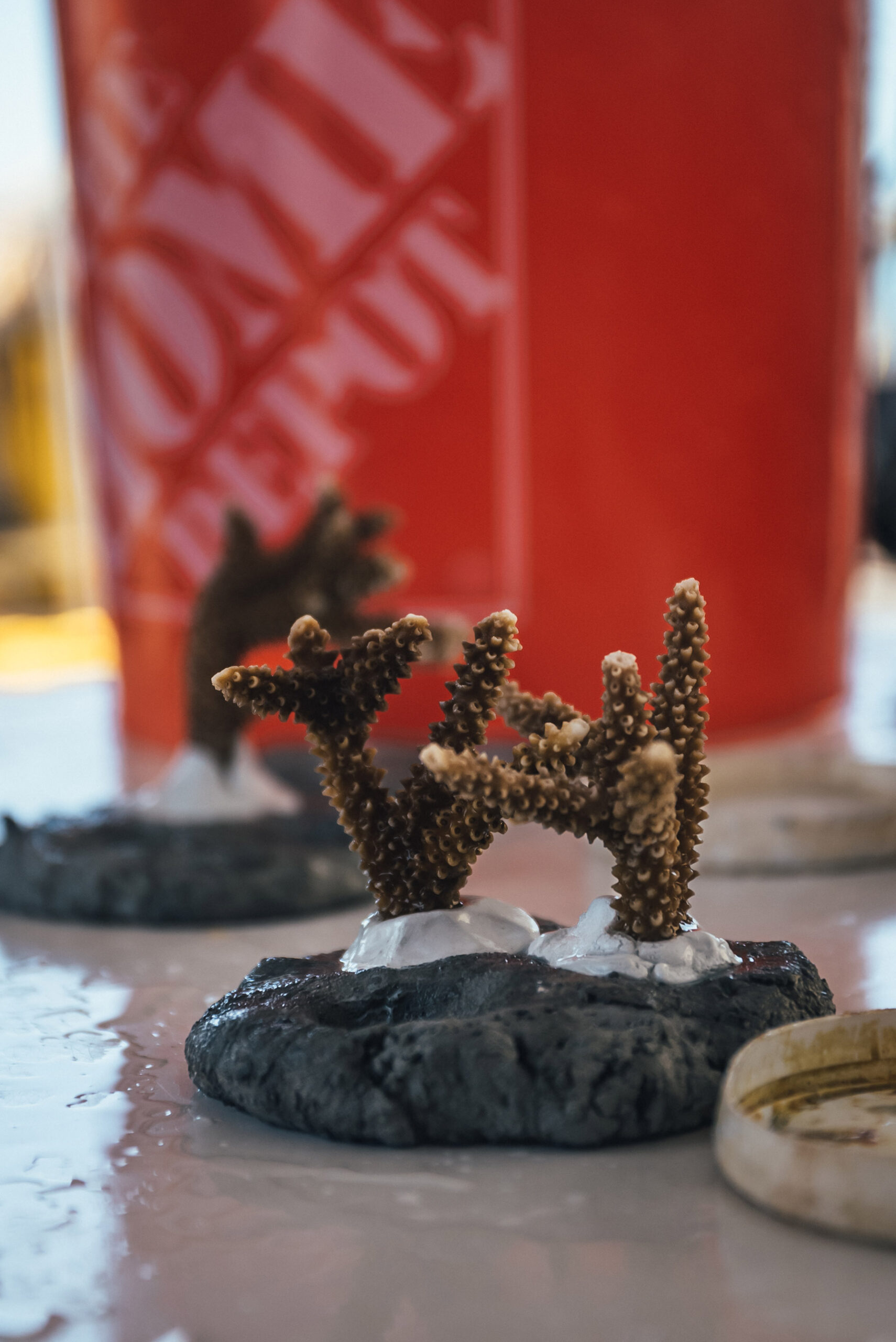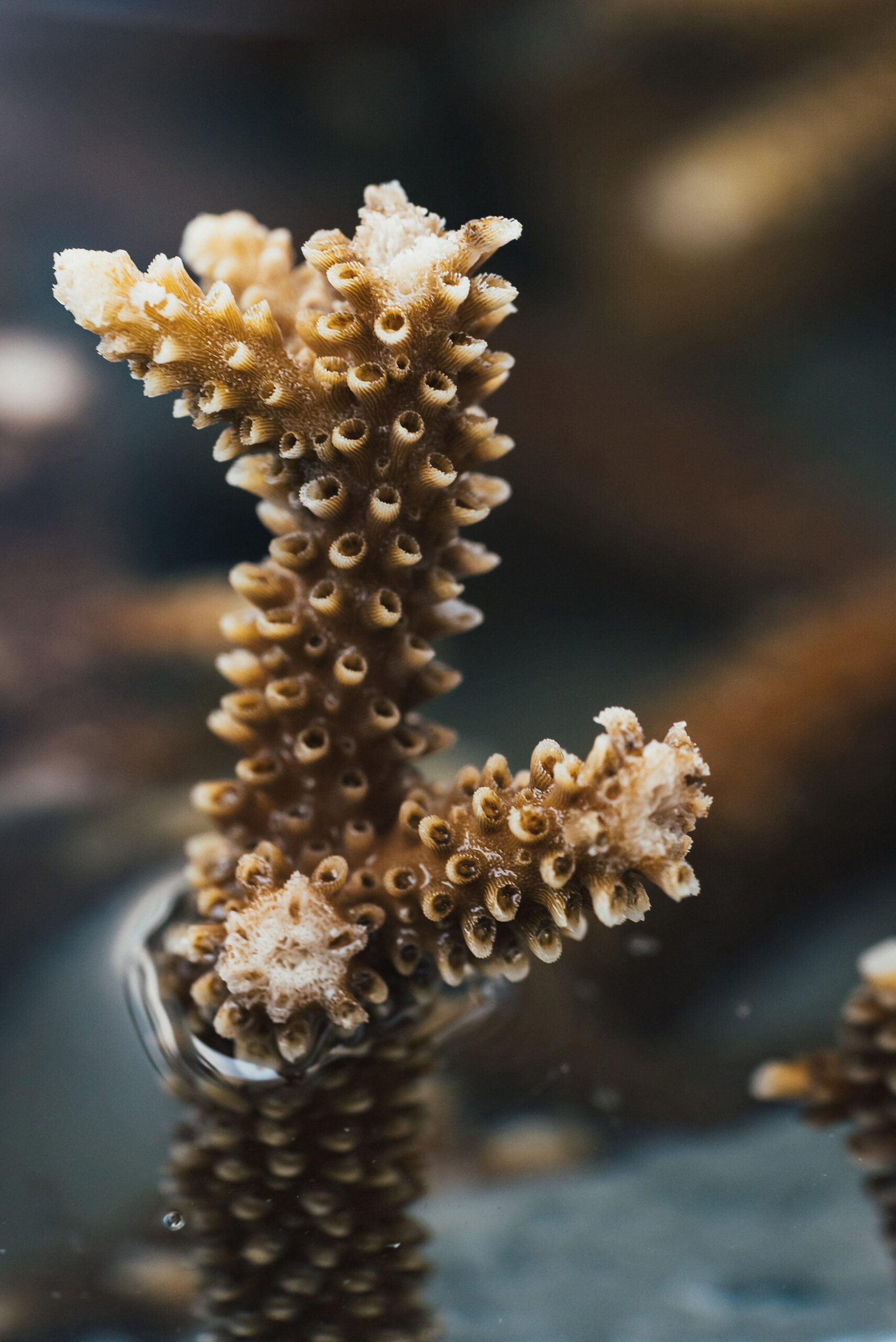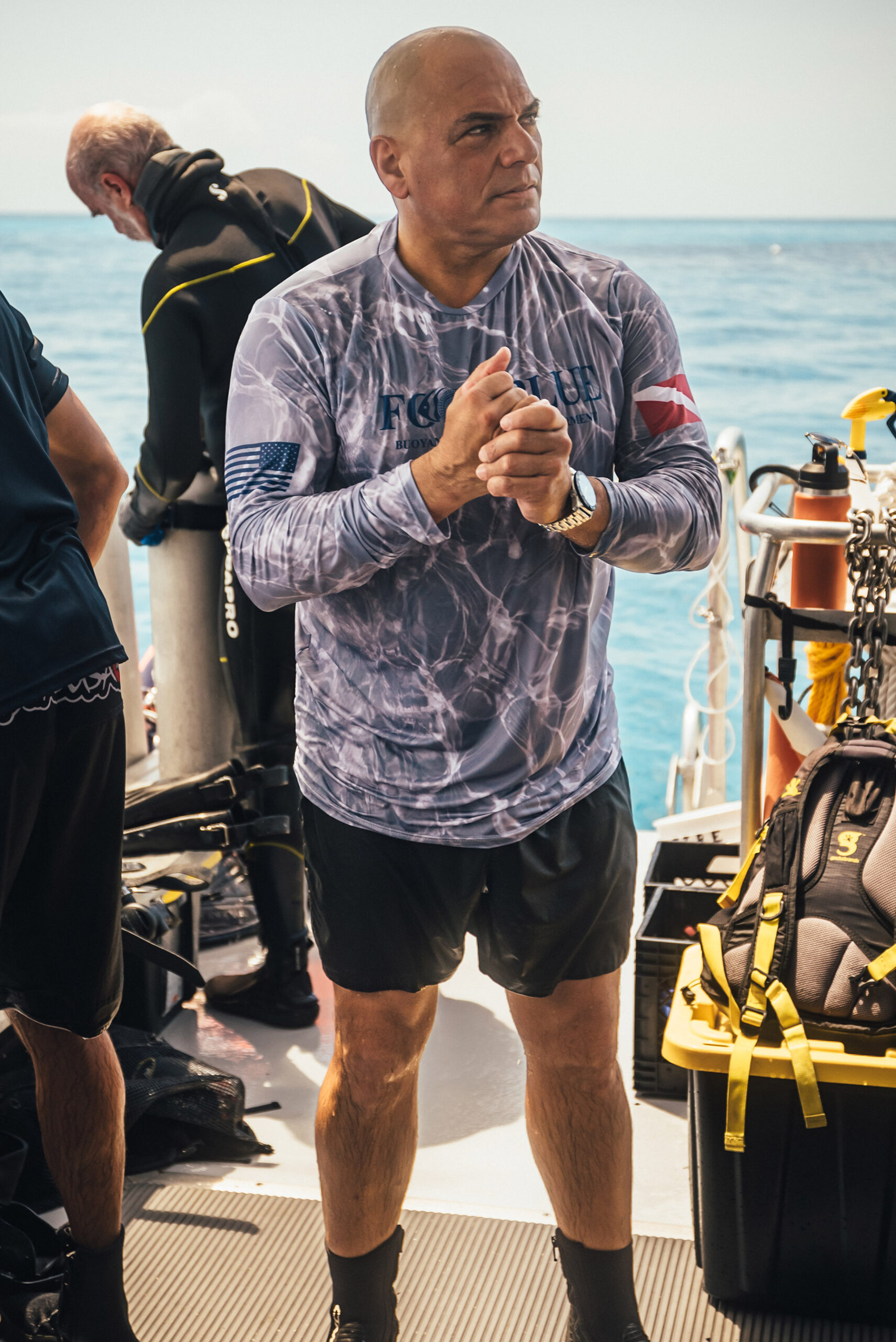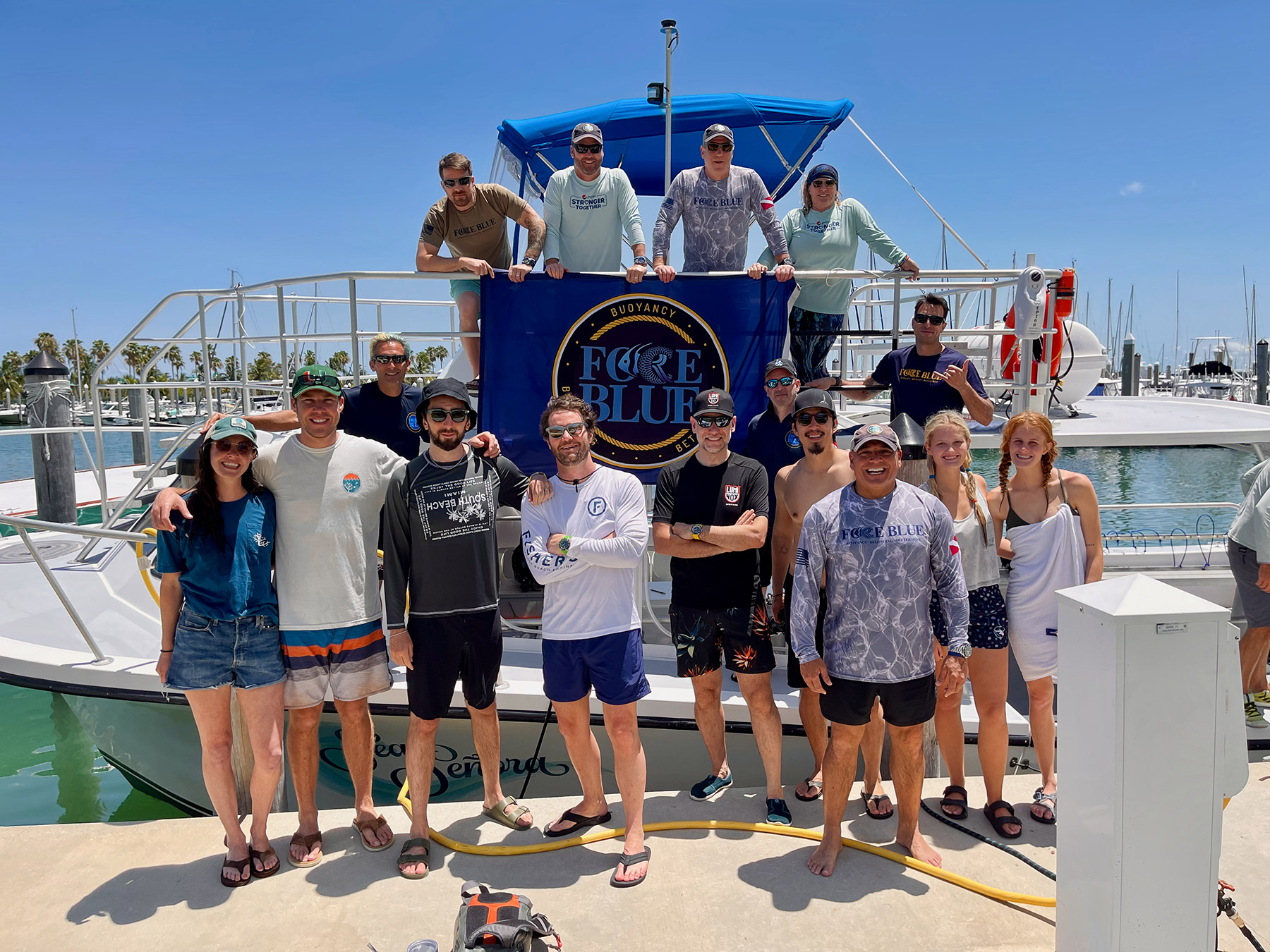The pressure starts slowly, a dull compression around my ears. I’m hardly 10 feet below the ocean surface, kicking deeper with my fins despite the increasing pain. It’s my first time snorkeling, and I’m not equalizing my ear pressure correctly. I can see the seafloor through my goggles; it’s not more than 25 feet deep where we are in the clear blue waters off the coast of Key Biscayne, Florida. That’s pretty shallow as far as the ocean goes, never mind the fact that, until now, the deepest under water I’ve been is the bottom of a 10-foot pool. My immediate concern, however, is the small cluster of wild coral branches in my hand that I’ve been tasked with planting on the ocean floor below. A group of marine biologists and ex-Special Forces operators in full scuba gear have already been hard at work for the last half hour doing the same — affixing new pieces of coral to the seabed and marking the next transplant areas. One of them waves at me and points to a spot in the sand below; that’s where my coral branches need to go. I continue to kick, doing my best to ignore an increasingly uncomfortable descent. A few seconds more and I’m at my target. I press the coral firmly into the sea floor, get the a-ok signal for a good plant, and make a beeline back up to the surface. The aching in my ear canal is dull but manageable, forgotten almost immediately as the buzz of the moment catches up with me: We’re restoring a coral reef!
In recognition of World Oceans Day, Luminox is releasing its latest series of dive watches, the Pacific Diver Chronograph 3140, so named for the brand’s West Coast origins in San Rafael, California over three decades ago. Luminox already has a Pacific Diver collection, but this is the first chronograph in the lineup, and it happens to be the watch that myself and the entire crew of scientists and military veterans are wearing on our ocean expedition (albeit in the Atlantic). It’s quite fitting given Luminox’s extensive experience with creating dive watches for the military — the Luminox Navy SEAL 3001 watch is a classic — not to mention that there are a handful of Navy SEALs among our group. But even more salient is the brand’s commitment to the environment, as Luminox has been a fully carbon-neutral company since 2020, an impressive accomplishment for a global watch brand. It’s no surprise then to see Luminox CEO Lluís Sole involved in the day’s coral restoration efforts. I glance out of the corner of my eye and see him dive beneath the waves to deliver his batch of wild coral to the ocean floor, each branch another opportunity for life to take hold and grow.
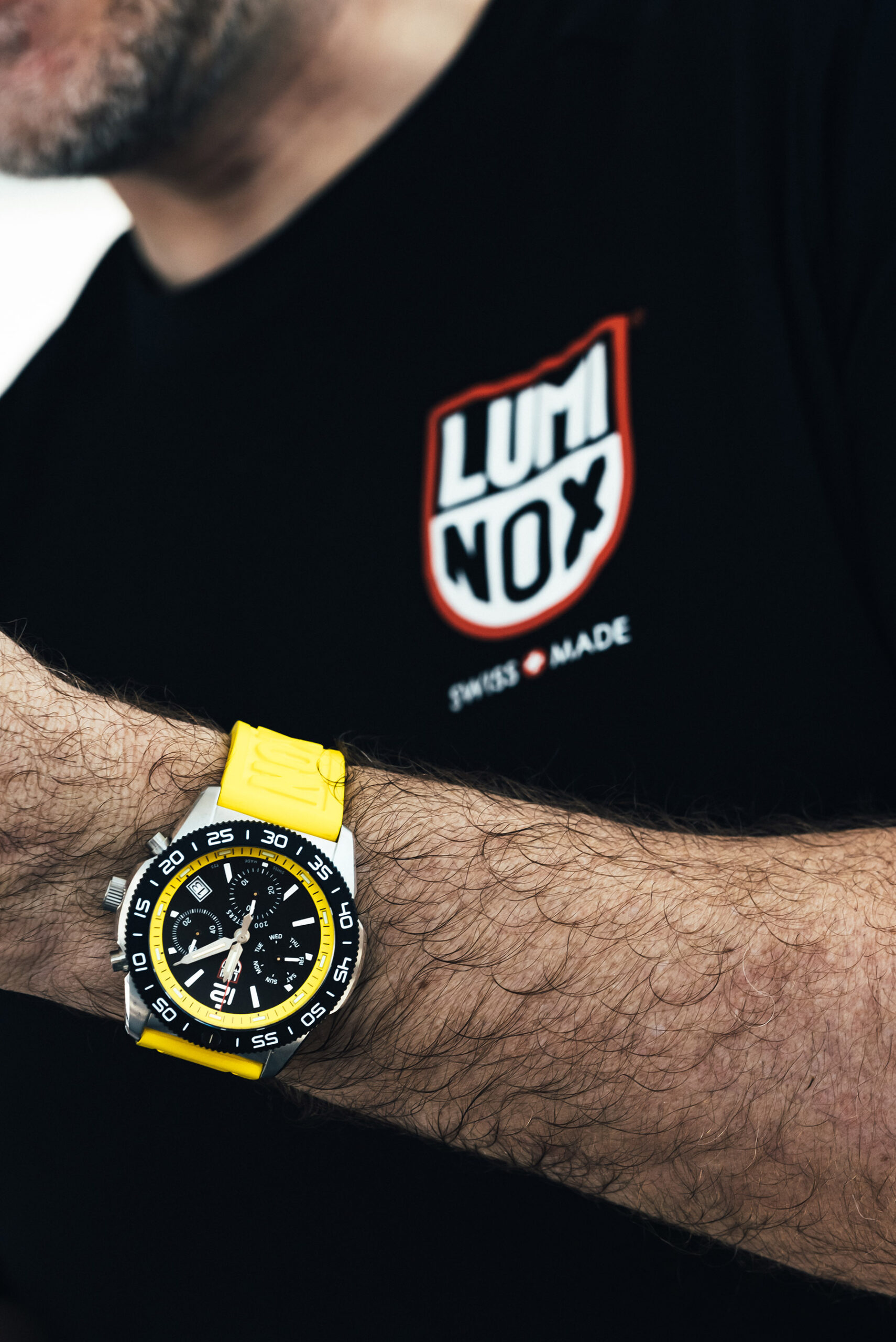
The crew of veterans I’m with is from Force Blue, a non-profit organization that trains former Special Operations members to repurpose their military skills for use in marine conservation efforts. In order to be considered as a member of Force Blue, one must meet all of the following criteria: you need to have been a part of a Special Operations unit, be a graduate of military dive school, taken part in at least one combat deployment, and no longer on active duty. It’s an organization whose mission of marine restoration poetically mirrors the restoration of community and sense of purpose for the veterans it recruits. “In addition to marine conservation, we also want to bring awareness to issues that a lot of our veterans are facing in their transition to civilian life,” says Force Blue Executive Director and Co-Founder Jim Ritterhoff. “It’s not always smooth sailing. They have a lack of mission and identity once they leave the service that can have some really disastrous effects, which is why we’re giving back. Force Blue has the ability to say that there is a purpose to our diving, that we can make a difference. But most of all, we can create a team around that idea, and I think that’s something everybody wants to belong to.” That esprit de corps is readily apparent as we’re out on the ocean. Despite coming from different branches of the military, each member of Force Blue treats the other like family, and that camaraderie is extended to everyone else on the mission, as well. If you’re on the boat, you’re part of the team.
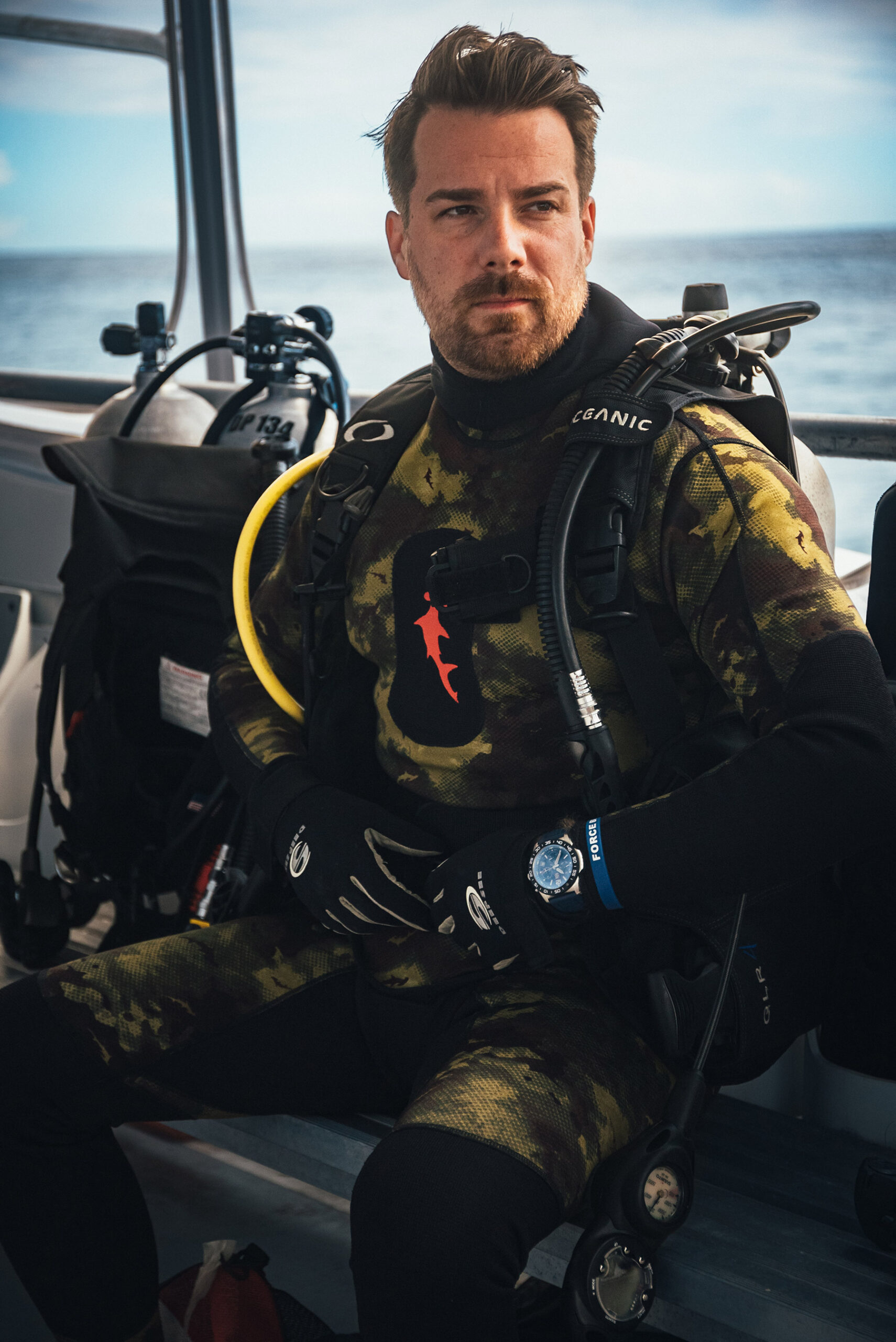
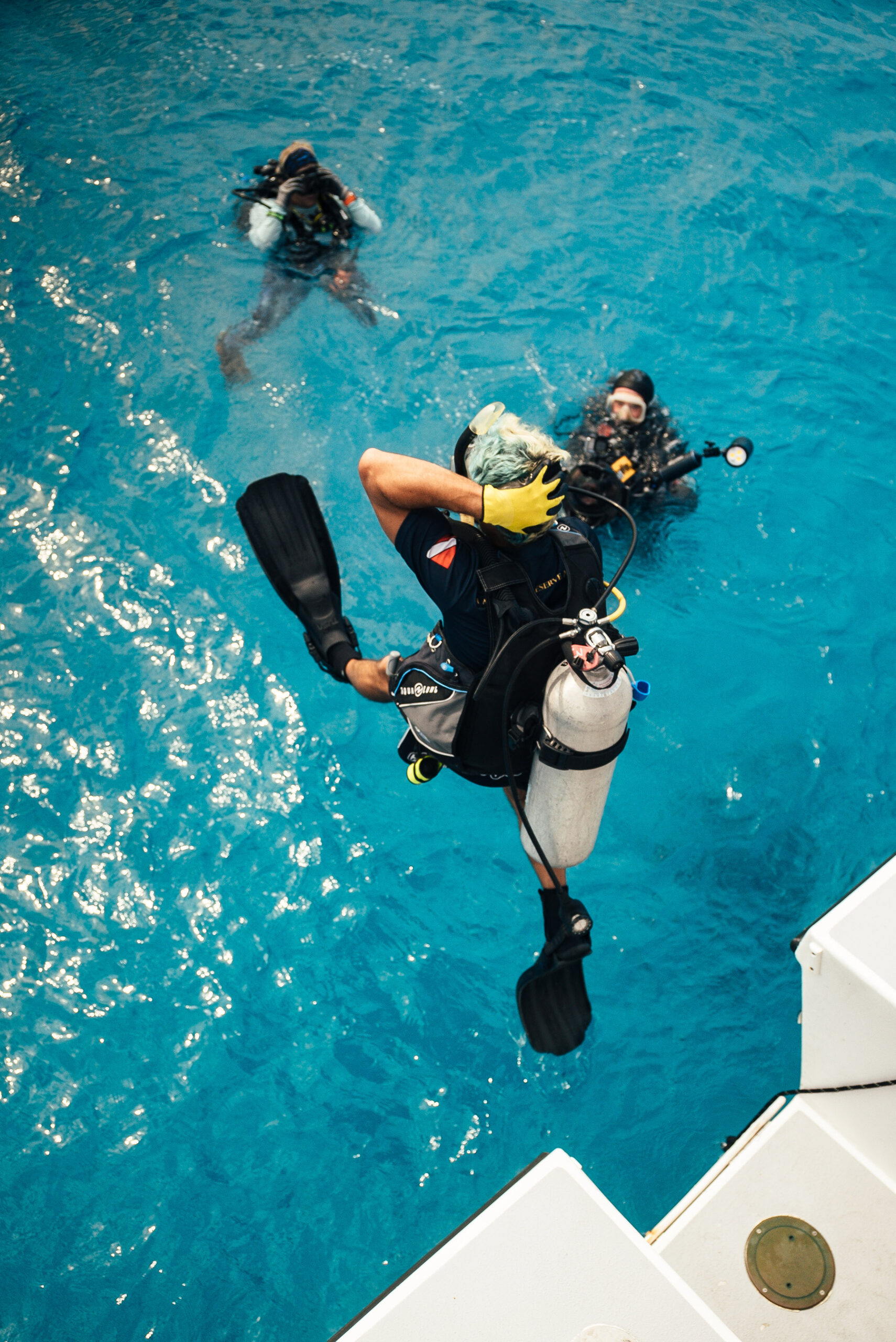
The reefs off the coast of Florida are the only barrier reef ecosystem in the U.S., and they’re in dire condition. The coral population here has declined precipitously (by more than 70%) since the 1970s when the water was cooler and less acidic. Today’s objective is simple: to harvest pieces of staghorn coral grown in an underwater nursery and to transplant those pieces onto wild reefs in order to combat the rampant coral decline. It’s truly a group effort to completely transfer the coral from one location to the other, from trimming the roughly 50 pieces of coral off the nursery structures to brushing away sediment and algae on the reef in preparation for the outplants, then mixing the concrete that will help secure the branches to their new home. The marine biologists and Force Blue members work with a brisk efficiency, and it’s inspiring to see the teamwork and dedication that a shared goal can produce.
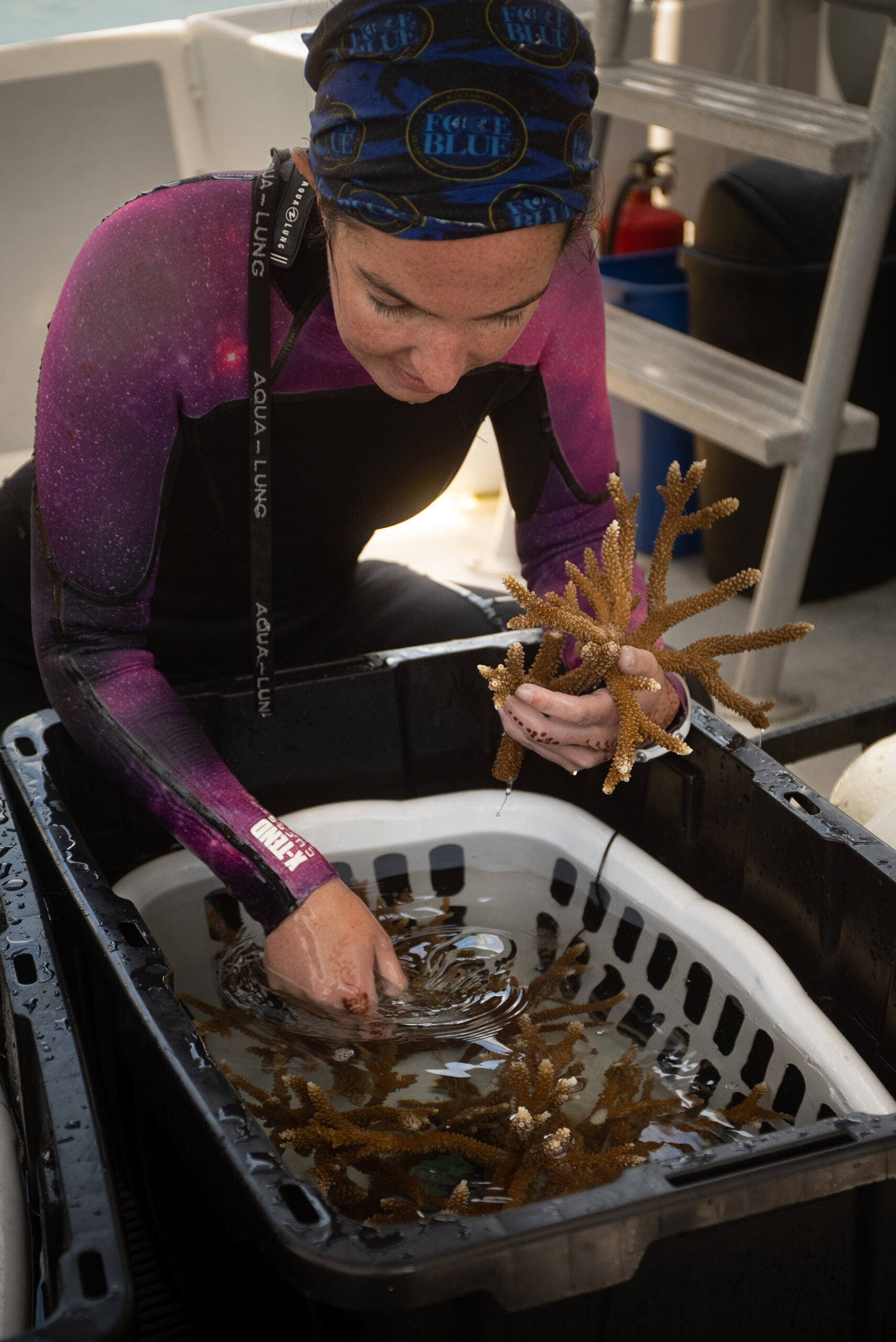
I climb out of the water and back on to the boat with the rest of the team, the last of the coral planted. I’m very pleased with how comfortable the Luminox Pacific Diver Chronograph has been on my wrist all day, and it seems to be a shared sentiment among the rest of the group. The watch is available in nine different references; seven come in variety of colorful rubber straps, and two on a stainless steel bracelet. All share the same 44mm-wide 316L stainless steel case with a unidirectional bezel made of CARBONOX, Luminox’s tough but lightweight proprietary carbon composite material. The dial is very legible thanks to its prominent indices and large handset, though this does come at the expense of occasionally obscuring the subdials that indicate running seconds, a 30-minute register, and the day of the week. As is standard with all Luminox watches, tritium tubes help provide illumination in any lighting conditions. On the Pacific Diver Chronograph, the hands, the hour markers along the chapter ring, and the 12 o’clock bezel pip are all illuminated. The watch is powered by a Swiss-Made Ronda Z60 quartz movement, and a water resistance rating of 200m/20 bar makes this a very capable diving tool.
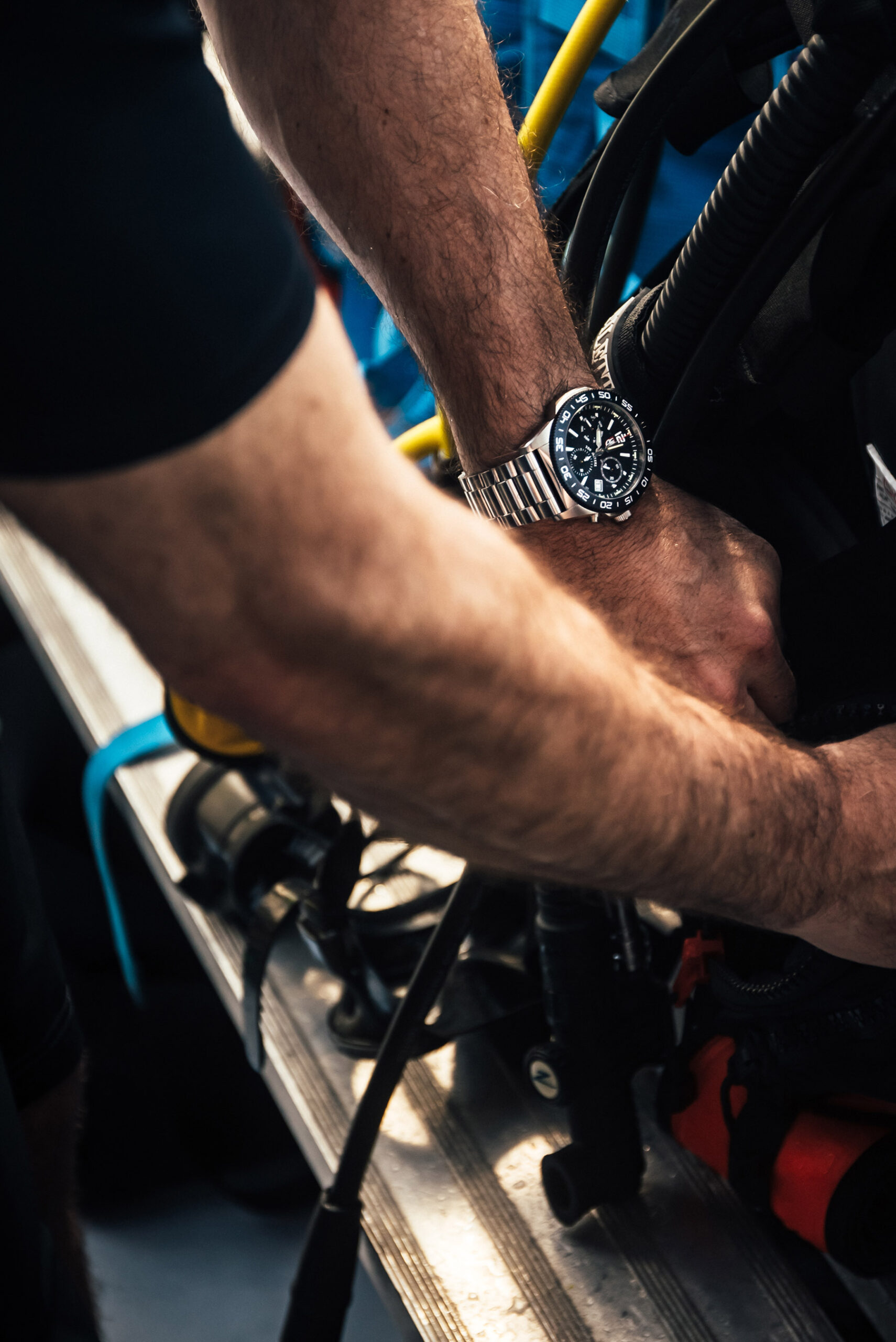 As we make our way back toward land, I think about the kind of optimism it takes to embark on any type of environmental conservation effort these days. The challenges facing our planet are unrelenting, and coral restoration is such a gradual process that it’s hard to feel the progress being made. And yet, organizations like Force Blue carry on the fight despite the uncertainty. They bring people together to create whatever change they can, even if it’s just a handful of coral branches at a time. Like most things worth doing in life, restoring the Earth’s oceans involves a great deal of difficulty, but it’s all a little easier when you’re in the same boat.
As we make our way back toward land, I think about the kind of optimism it takes to embark on any type of environmental conservation effort these days. The challenges facing our planet are unrelenting, and coral restoration is such a gradual process that it’s hard to feel the progress being made. And yet, organizations like Force Blue carry on the fight despite the uncertainty. They bring people together to create whatever change they can, even if it’s just a handful of coral branches at a time. Like most things worth doing in life, restoring the Earth’s oceans involves a great deal of difficulty, but it’s all a little easier when you’re in the same boat.
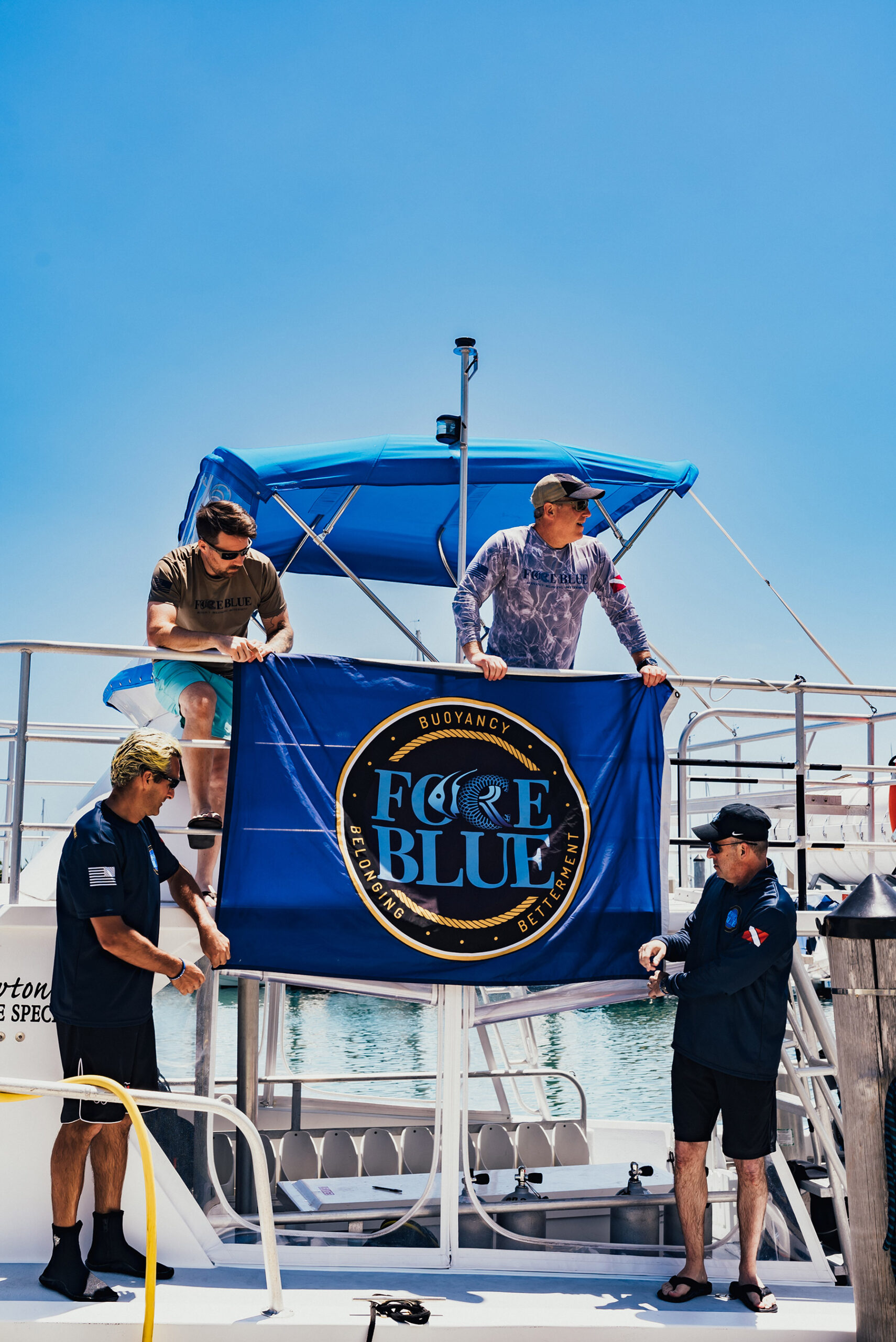
Pricing for the Luminox Pacific Diver Chronograph is $795 USD on the rubber strap and $895 USD on the stainless steel bracelet. For more information, visit www.luminox.com.

